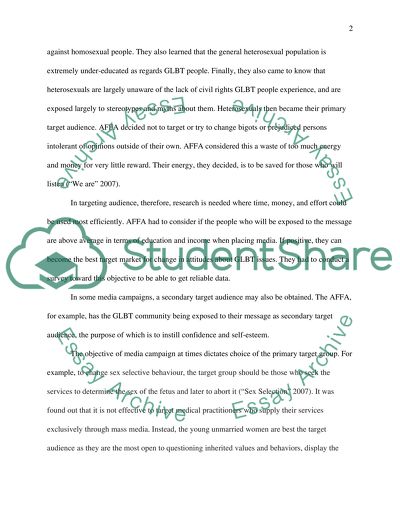Cite this document
(How Print Media Is Impacting The World Essay Example | Topics and Well Written Essays - 1750 words, n.d.)
How Print Media Is Impacting The World Essay Example | Topics and Well Written Essays - 1750 words. https://studentshare.org/media/1510244-impact-of-print-media
How Print Media Is Impacting The World Essay Example | Topics and Well Written Essays - 1750 words. https://studentshare.org/media/1510244-impact-of-print-media
(How Print Media Is Impacting The World Essay Example | Topics and Well Written Essays - 1750 Words)
How Print Media Is Impacting The World Essay Example | Topics and Well Written Essays - 1750 Words. https://studentshare.org/media/1510244-impact-of-print-media.
How Print Media Is Impacting The World Essay Example | Topics and Well Written Essays - 1750 Words. https://studentshare.org/media/1510244-impact-of-print-media.
“How Print Media Is Impacting The World Essay Example | Topics and Well Written Essays - 1750 Words”. https://studentshare.org/media/1510244-impact-of-print-media.


